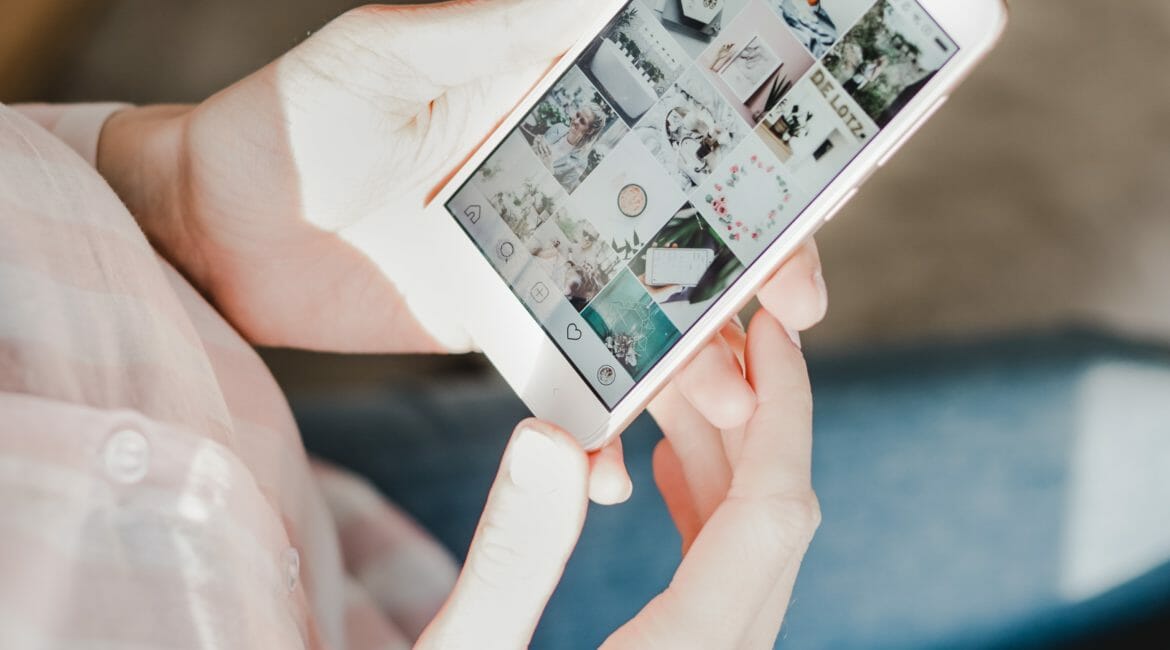A decade ago, the term “influencer marketing” would have meant nothing — now, it’s inescapable. Over the past few years, the reputation for influencers has surged from a niche subset of Instagram culture to a viable business tool within the social media landscape. In 2019, businesses made an average of $5.20 for every $1 spent on influencer marketing.
Influencers are defined by living aspirational, curated, and camera-friendly lives that often involve travel, enviable outfits, and perfectly staged plates of food — trademarks that are less readily available, if not downright impossible, during a global pandemic. How are people in the digital spotlight responding to this time and continuing to create?
Derek Webb, a recent guest on our Killer Influence Podcast, knows how to make a healthy living in this new virtual landscape. Listen to our interview with him on Spotify or Apple.
For many accounts, it’s not all bad news. Screen time has jumped exponentially for all of us — video conferencing is the norm, friend hangouts are often relegated to our phones, and streaming services are forging ahead to try and land the next bingeable hit. There’s also so much news right now, keeping everyone glued to their devices, watching history unfold in real time. Forbes reported that while viewership numbers have jumped on Facebook and Instagram Live, this hasn’t exactly translated to income for influencers. At the start of the year, 63% of marketers stated they intended to increase their influencer marketing spend in 2020. Now, prices for promotional posts have dropped up to 40% for many — a sponsored ad from home doesn’t land the same way that it might when posted from the beach, a penthouse hotel room, or a perfectly, aesthetically populated street somewhere glamorous overseas.
Another major source of income for many influencers (think: finalists on The Bachelor) is event attendance. With events and gatherings impossible for the foreseeable future, calendars are empty for paid appearances as well. Similarly, many companies that would normally have a budget dedicated to such partnerships are also struggling to stay afloat, and slashed ad budgets mean fewer opportunities for Instagram and YouTube stars.
However, influencers are pros in the DIY department and know how to make even the simplest things look cool. Some of the more innovative creators are pivoting to at-home ad creation, utilizing the equipment and skill sets they had previously amassed for their own content for clients in need of creative advertisements that can be accomplished without a conference room and video crew. And with over 40% of North Americans using ad blockers on their web browsers, this type of organic-looking content will continue to be valuable.
Influencers might not know what kind of turn the social media world will take next — and let’s be real, none of us really do. But here’s one thing we do know: we’re keeping an eye on all of these media trends to make sure you’re right there with us on the forefront of whatever comes next.
Until next time, we’ll be here.
The Future of Influencer Marketing

